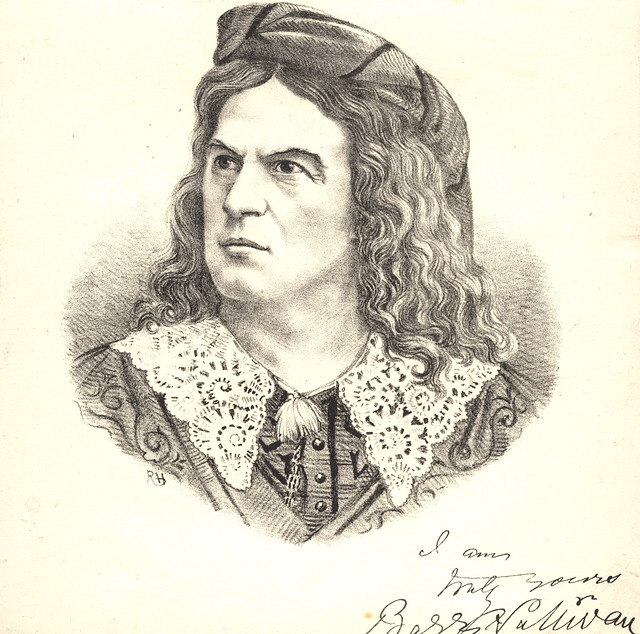Thomas Percy, 7th Earl of Northumberland, 1566

-
Description
Thomas Percy, 7th Earl of Northumberland KG (1528 - 22 August 1572) led the Rising of the North and was executed for treason. He was later Beatified by the Catholic Church. Thomas Percy, 7th Earl of Northumberland (1528 - 22 August 1572) was the eldest son of Sir Thomas Percy and Eleanor, daughter of Sir Guiscard Harbottal. He was the nephew of Henry Percy, 6th Earl of Northumberland, with whom Anne Boleyn had a romantic association before she became the wife of King Henry VIII. When Thomas was eight years old his father was executed at Tyburn (2 June 1537) for having taken a leading part in the Pilgrimage of Grace, and he also is considered a martyr by many. Thomas and his brother Henry were then removed from their mother's keeping and entrusted to Sir Thomas Tempest. In 1549, when Thomas Percy came of age, an Act was passed "for the restitution in blood of Mr. Thomas Percy". Shortly afterwards he was knighted, and, three years later, in Queen Mary's reign, he regained his ancestral honours and lands. Declared governor of Prudhoe Castle he besieged and took Scarborough Castle, which was seized by rebels in 1557. In reward the he was granted the title of Earl of Northumberland and the Baronies of Percy, Poynings, Lucy, Bryan, and Fitzpane were restored to him. He was installed at Whitehall with great pomp, and soon after was named Warden General of the Marches, in which capacity he fought and defeated the Scots. In 1558 he married Anne Somerset, daughter of Henry Somerset, 2nd Earl of Worcester. On Elizabeth's accession the earl, whose loyalty to the Catholic Church was known, was kept in the North while the anti-Catholic measures of Elizabeth's first Parliament were passed. Elizabeth continued to show him favour, and in 1563 gave him the Order of the Garter. He had then resigned the wardenship and was living in the South. But the systematic persecution of the Catholics rendered their position most difficult, and in the autumn of 1569 the Catholic gentry in the North, stirred up by rumours of the approaching excommunication of Elizabeth, were planning to liberate Mary, Queen of Scots, and obtain liberty of worship. Earl Thomas with the Earl of Westmorland wrote to the pope asking for advice, but before their letter reached Rome circumstances hurried them into action against their better judgment. After the Rising of the North failed, Thomas fled to Scotland, where he was captured by the Earl of Morton, one of the leading Scottish nobles. After three years, he was sold to the English Government for two thousand pounds. He was conducted to York and beheaded in a public execution, refusing to save his life by abandoning his religion. His wife survived him, as did four daughters who were his co-heirs. The earldom passed to his brother. -
Owner
lisby1 -
Source
Flickr (Flickr) -
License
What does this mean? Public Domain Mark
-
Further information
Link: https://www.flickr.com/photos/60861613@N00/3787580981/
Resource type: Image
Added by: Pat Thomson
Last modified: 8 years, 11 months ago
Viewed: 2247 times
Picture Taken: Unknown -
Co-Curate tags










